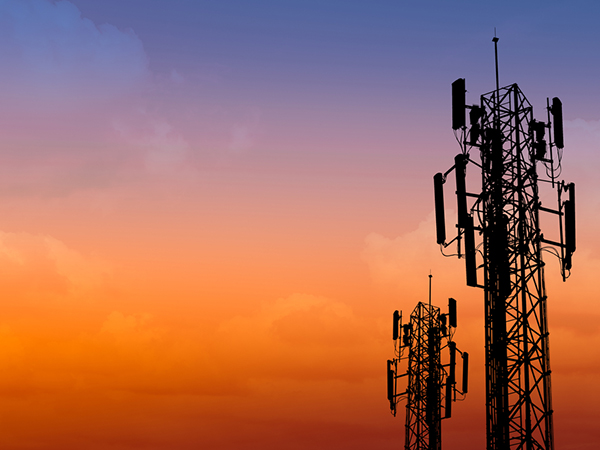American Tower reported revenues up 4.6% to $2.9 billion in the second quarter of 2023, with its profits seeing a jump due to the sale of assets as it exits the Indian market.
AMT said that its property revenues were up 4.6% year-over-year to about $2.85 billion.
“The momentum from the start of the year extended into Q2,” said CEO Steven Vondran, adding that the company said more than 5% organic growth in tenant billings in the U.S. and Canada and that it is taking a “disciplined approach to capital allocation.”
Capital expenditures during the quarter were $328 million; American Tower said that $37 million of that figure was for non-discretionary capital improvements and corporate capital expenditures.
Vondran said on the quarterly call with analysts that while AMT has taken the strategy of exporting its U.S. business model to other markets, it is now making adjustments to that strategy as it becomes clear that the risk is higher, and impact of unfavorable macroeconomic conditions harder, on developing economies. In addition to exiting India, American Tower also has sold “underperforming” assets like its Mexico fiber business and its operations in Poland, Vondran pointed out, even as it has pursued mergers and acquisitions in Europe and the United States.
“We expect to further reduce our relative exposure to emerging markets over time as we continue to focus on incremental investments in developed economies,” he continued, adding: “That doesn’t mean that you should assume we plan on divesting in particular markets. … We’re going to remain opportunistic as we continue to actively manage our portfolio.” He added later: “We retain the optionality to reinvest into those markets if economic conditions and growth outlooks evolve.”
He also said that American Tower is focused on growth with Tier 1 operators and that in markets where it is working with smaller or new service providers, it will have to adjust its risk profile accordingly, based on its experiences. (AMT bought Vodafone Idea’s towers in 2017; the carrier has since had problems paying its bills.)
Vondran also gave a few insights about the state of the 5G rollout in the United States, telling analysts: “There’s still a lot of room for the carriers to continue to expand their 5G presence.” While he did not name specific individual carriers, he said that “Over half of our sites are now upgraded with mid-band 5G, but one carrier is ahead of the other two. We have one that’s over 80%, one that’s a little over 60% now and one that’s a little bit further behind. So there’s a lot of runway there for them to continue to roll out mid-band 5G across the portfolio, and we expect them to continue to do that.”

